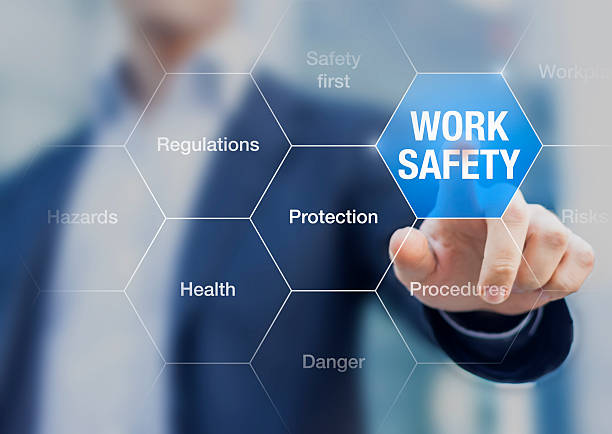5 Tips to Keep Your Company Compliant With OSHA
OSHA – the Occupational Safety and Health Administration – is a government agency that sets and enforces standards for workplace safety. It’s not uncommon for companies to have an OSHA violation on their record, but with these 5 tips, you can keep your company compliant with OSHA regulations.
What is OSHA?
The Occupational Safety and Health Administration (OSHA) is a federal agency that was created to ensure safe and healthful working conditions for American workers. OSHA sets and enforces standards, provides training and education, and outreach and assistance programs to help employers and workers reduce workplace hazards and prevent injuries, illnesses, and fatalities.
In order to be compliant with OSHA, employers must provide a safe working environment for their employees. This includes ensuring that all equipment is properly maintained and that all employees are properly trained in how to safely use it. Employers must also have adequate safety procedures in place in case of an accident or emergency.
Compliance with OSHA
OSHA compliance is a key part of running a safe and successful business. There are a few key things you can do to make sure your company is compliant with OSHA standards.
- Make sure you have an up-to-date safety plan in place. This should include regular safety inspections and training for all employees.
- Keep accurate records of all safety incidents and accidents. This will help you identify any potential hazards in your workplace.
- Be proactive about addressing any safety concerns that arise. Don’t wait until an accident happens to take action.
- Make sure your employees are aware of their rights under OSHA law. They should know how to report any unsafe conditions or practices to management.
- Follow up with employees after they report a safety concern. Thank them for their input and let them know what actions you’re taking to address the issue.
By following these tips, you can ensure that your company is compliant with OSHA standards and create a safe environment for your employees
Types of Inspections
There are three types of inspections that OSHA conducts: programmed inspections, complaint inspections, and accident investigations.
- Programmed Inspections: These are proactive visits that OSHA makes to workplaces in order to check for compliance with safety and health standards. Programmed inspections are targeted at specific industries that have been identified as high-risk, such as construction or manufacturing.
- Complaint Inspections: These occur when OSHA receives a complaint from an employee about unsafe or unhealthy conditions at their workplace. Complaint inspections are confidential, and the identity of the complainant is not disclosed to the employer.
- Accident Investigations: These take place when a work-related injury or death occurs. OSHA will investigate to determine the cause of the accident and whether any safety or health violations were involved.
As an employer, it is your responsibility to provide a safe and healthy workplace for your employees. OSHA compliance training can help you meet this responsibility.
OSHA compliance training covers a wide range of topics, including hazard communication, bloodborne pathogens, personal protective equipment, and more. OSHA webinars offer employers the opportunity to learn about new and emerging safety and health issues. OSHA training can also help you identify potential hazards in your workplace and develop effective safety and health programs.
Investing in OSHA compliance training will help you create a safer workplace for your employees. It can also save you money by reducing workers’ compensation costs, preventing injuries and illnesses, and improving productivity.
How to Prepare for an Inspection
- Review your safety policies and procedures.
- Make sure all employees are properly trained on safety procedures.
- Conduct a self-inspection of your facility and workplace.
- Be prepared to show OSHA inspectors your company’s safety records.
- Have a designated person responsible for communicating with the OSHA inspector during the inspection process.
Conclusion
It’s important to keep your company compliant with OSHA standards, not only to avoid penalties and fines, but also to create a safe workplace for your employees. We hope that our tips have helped you get started on creating a compliance plan for your company. If you need more help, we suggest contacting an OSHA-certified consultant or taking one of our online courses.




